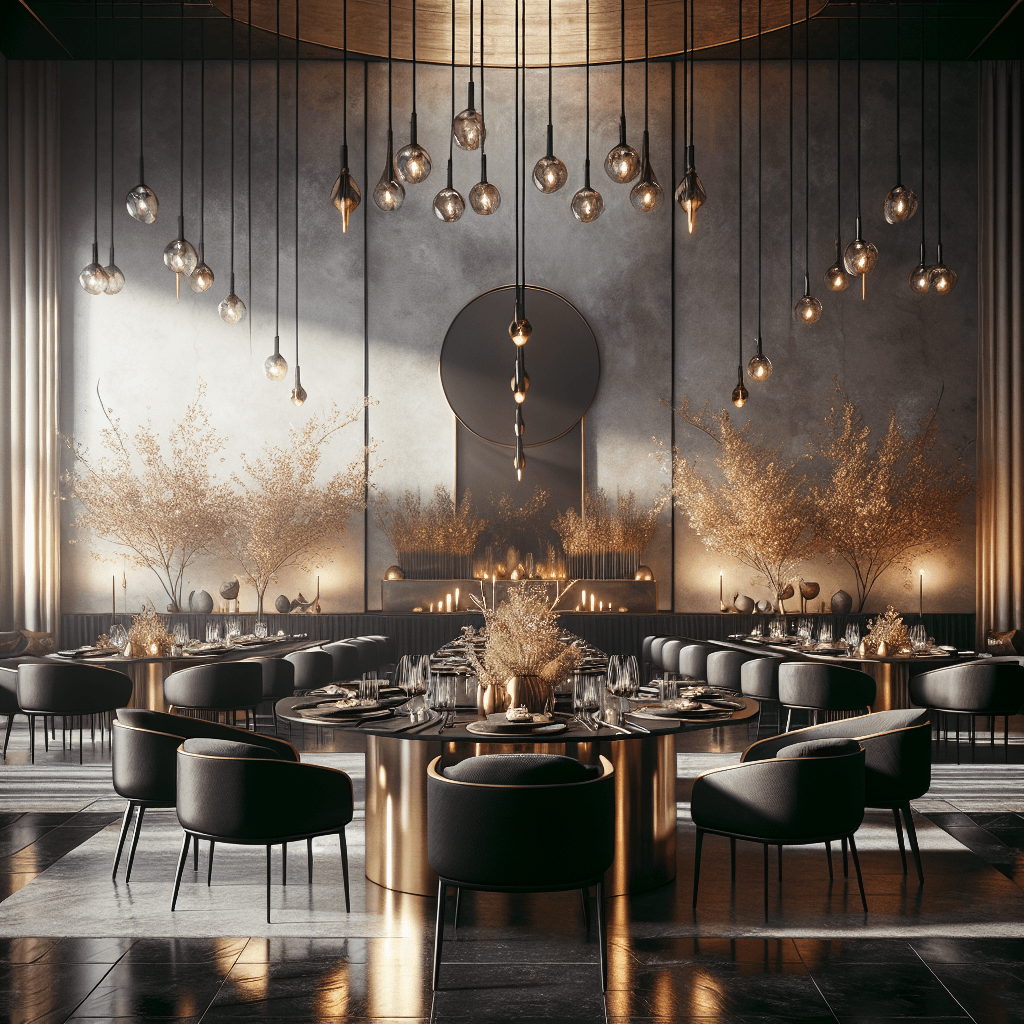How René Redzepi turned foraging into a fine dining revolution
In the heart of Copenhagen, a culinary revolution quietly unfolded in the early 2000s, led by chef René Redzepi and his iconic restaurant, Noma. This establishment didn’t just redefine Nordic cuisine; it transformed global perceptions of what fine dining could be, intertwining local ingredients, foraging, and an ethos of sustainability.
- The Genesis of Noma and New Nordic Cuisine
- The Philosophy of Foraging: A Return to Roots
- Global Impact and Culinary Innovations
- Overcoming Challenges: Noma’s Journey Through the Years
- Noma’s Legacy and Future Prospects
The Genesis of Noma and New Nordic Cuisine
Founded in 2003 by René Redzepi and Claus Meyer, Noma was more than a restaurant; it was a vision to revitalize Nordic cuisine. Situated in an old warehouse on the Copenhagen waterfront, Noma became the epicenter of an emerging food movement. The name itself, a portmanteau of “Nordisk” (Nordic) and “mad” (food), encapsulates its mission to forge a distinctive culinary path.
Redzepi’s approach was radical—eschewing traditional luxury ingredients like foie gras and truffles for regional offerings such as moss and lichen. This shift was not merely about local sourcing but about reimagining what could be considered edible and gourmet. The restaurant’s dedication to seasonal and locally-sourced ingredients led to a deep connection with local farmers, foragers, and producers, setting a new standard for sourcing ethics in the culinary world.
Key Milestones in Noma’s History
- 2004: Noma earns its first Michelin star, a remarkable achievement for a new restaurant.
- 2010: It is named the Best Restaurant in the World by Restaurant Magazine, a title it would win four more times over the next decade.
- 2018: Noma reopens in a new location with its own urban farm, further deepening its commitment to sustainability.
The Philosophy of Foraging: A Return to Roots
Foraging, a cornerstone of Noma’s philosophy, is far more than a culinary technique for Redzepi. It is a profound expression of the restaurant’s commitment to sustainability and respect for the land. By harvesting wild ingredients, Noma creates a direct link between the Nordic landscape and the dining table, offering a taste of the region’s purest flavors.
The foraging ethos at Noma also speaks to a larger trend in luxury dining: authenticity and storytelling. Each dish tells a story of place and season, crafted with ingredients that diners would unlikely find elsewhere. This approach not only elevates the dining experience but also educates patrons about the biodiversity of the region.
Innovative Dishes Inspired by Foraging
- Sea Buckthorn and Wild Rose Hips: These tart, vitamin-rich berries are foraged from the Danish coastline and incorporated into vibrant sauces and desserts.
- Wild Mushrooms: Gathered from local forests, these fungi add earthy flavors and textures to Noma’s autumn menus.
- Beach Grass: Used to impart a subtle saline flavor to dishes, showcasing Noma’s creativity in using unconventional ingredients.
Global Impact and Culinary Innovations
Noma’s influence extends far beyond the borders of Denmark. It sparked an international interest in Nordic cuisine, leading to the proliferation of Nordic-inspired eateries around the world. Moreover, Redzepi’s emphasis on local and sustainable ingredients inspired chefs globally to explore their own regions’ culinary potentials.
The restaurant’s impact is also evident in its contributions to culinary innovation. Noma’s research lab, the Nordic Food Lab, investigates ingredients and techniques that could transform cooking. This commitment to innovation ensures that Noma remains at the forefront of the culinary world, continually pushing the boundaries of what food can be.
Notable Contributions to Culinary Techniques
- Fermentation: Noma’s experiments with fermentation have led to new flavors and preservation methods, influencing chefs worldwide.
- Zero-waste Cooking: The restaurant’s approach to using every part of an ingredient has inspired a more sustainable model of cooking.
Overcoming Challenges: Noma’s Journey Through the Years
Despite its accolades, Noma’s journey has not been without challenges. The restaurant temporarily closed in 2016 to rethink its approach and relocated to a new venue with an urban farm in 2018. These bold moves were risky but ultimately led to a stronger, more focused Noma.
Additionally, the restaurant faced setbacks such as foodborne illness outbreaks and the global COVID-19 pandemic, which forced temporary closures. Each time, Noma emerged more resilient, using these challenges as opportunities to refine its practices and principles.
Noma’s Legacy and Future Prospects
As Noma continues to evolve, its legacy is secured in its profound impact on global cuisine and sustainability practices. The restaurant’s model of using hyper-local ingredients and foraging has set new standards in the culinary world, influencing not just chefs but also how consumers think about food and dining.
Looking forward, Noma remains committed to innovation and excellence, with Redzepi continuously exploring new ways to connect diners with the natural world through food. As it moves forward, Noma stands not just as a restaurant, but as a symbol of culinary innovation and environmental stewardship.
For further exploration of Noma’s influence on global cuisine, consider reading authoritative sources such as Noma’s official website.



